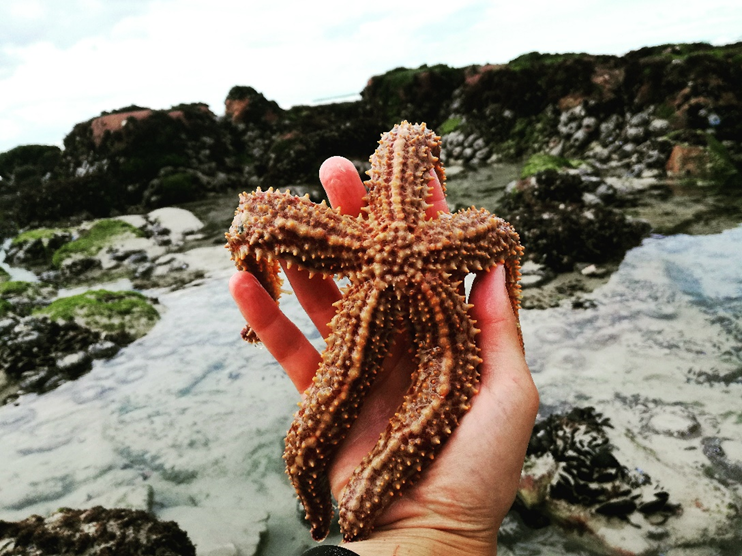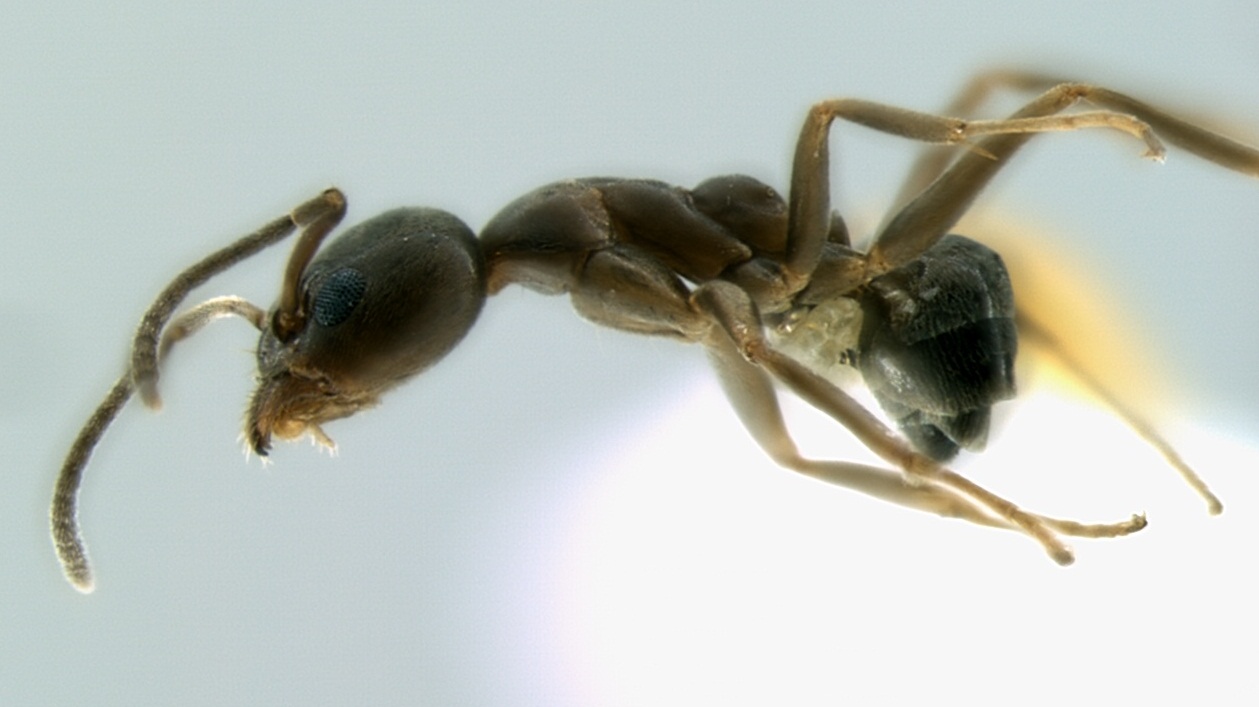Two native subtidal predators avoid invasive mussel prey
In a study recently published in Behavioral Ecology, a team of C·I·B researchers showed that two important subtidal predators, rock lobsters and starfish, failed to resist invasions by invasive mussel prey.




